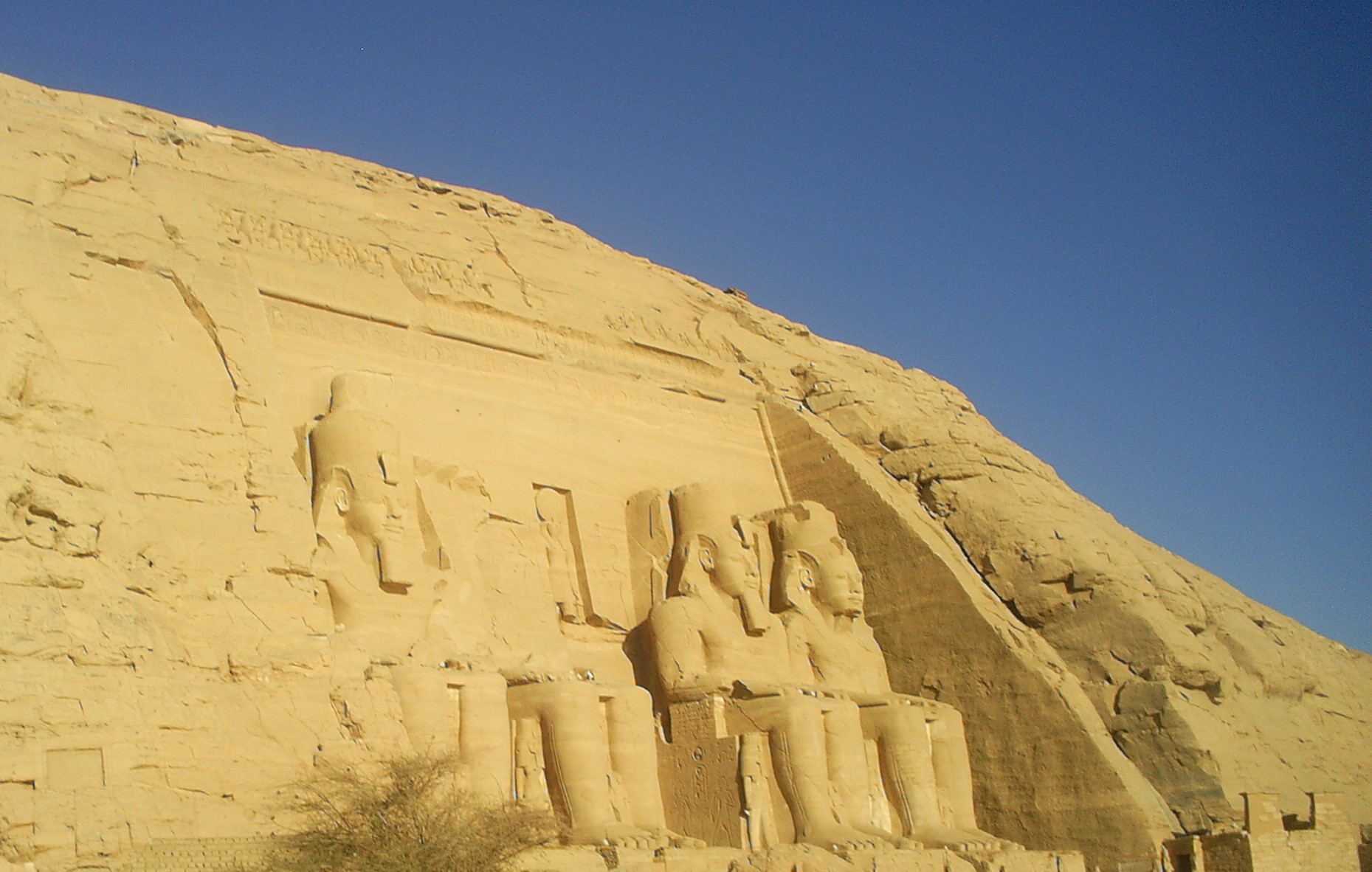Egyptian Influence
It’s strange to think that even in the 1800’s most of Egypt’s treasures still lay under metres of sand. The nature of the landscape kept the ancient tombs and temples hidden from view until they started to be re-discovered by both the French and English during the Napoleonic wars. Artifacts brought back by returning soldiers sparked a craze for Egyptian treasures and the country became the destination of choice for European tomb raiders and treasure hunters. Artifacts were plundered and shipped back to European countries in great numbers to sate the appetite for all things strange and wonderful. Mummies in particular were sources of great entertainment, with people attending public Mummy unwrapping events, and even believing that grinding up the remains produced a potent medicine.


The amount of information destroyed during the 19th Century’s Egyptomania is frightening, but it also had the effect of bringing the culture to the attention of the greater world. From romantic poets to American sideshows, and Gothic horror novels to new age mysticism, Egyptian myth and magic dominated throughout the 19th century and even into the 20th, receiving a massive boost with Howard Carter’s discovery of Tutankhamun’s tomb in 1922.
Even today we are still fascinated by Ancient Egypt. It’s barely possible to watch the History Channel for any length of time before seeing a documentary about an Egyptian excavation, or – more likely – a show about Egypt’s Gods being ancient aliens who interfered with the development of humankind!
From Shakespeare to Sherlock Holmes to Hollywood blockbusters like The Mummy and Stargate, Egypt’s mysteries continue to fascinate us and will no doubt continue to do so for centuries to come.
Life & Death in Egypt
The Ancient Egyptians seemed to spend most of their lives preparing for their deaths. When you died, the jackal headed God Anubis would lead you to Osiris, God of the Dead. Osiris would weigh your heart against a feather, and if it proved light and free of misdeeds you would live out your afterlife in the Field of Reeds; a place much like Earth but with no sickness, hunger or death. However if you failed the test your soul would be eaten by the great devourer Amut and you would cease to exist! Egypt’s was a complicated and extensive mythology that detailed on tomb and temple carvings and papyrus scrolls. Much survives and therefore makes for cohesive storytelling and exploration of cultures with multi-theistic beliefs. Plus, who wouldn’t want to worship Bastet – a Goddess with the head of a cat!

Of course life in Ancient Egypt wasn’t all about the religion and the afterlife. Society and playing your part was hugely important to the ancient Egyptians, as was structure and administration.


Leave a Reply